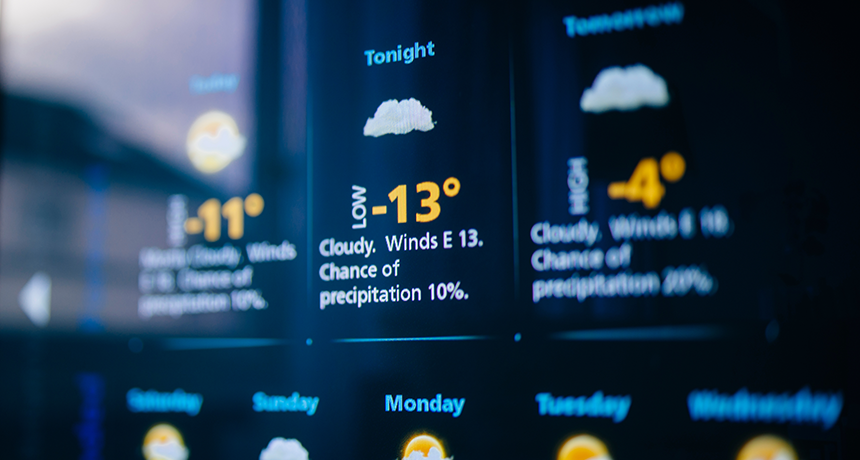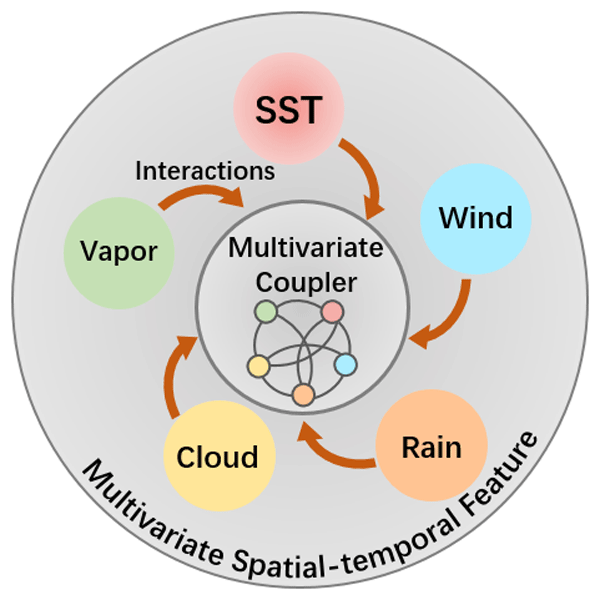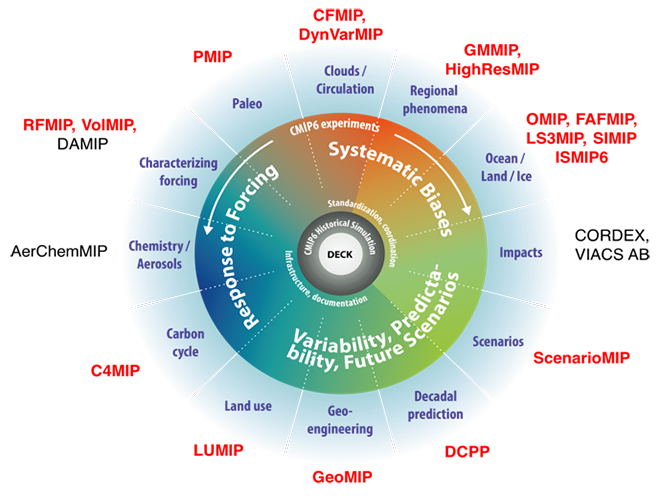Climate Prediction Modeling: Algorithmic Approaches and Analysis Techniques

In order to effectively predict future climate patterns, climate prediction is a difficult endeavor that calls for the application of cutting-edge technologies and approaches. To create these forecasts, climate scientists use a variety of data and modeling techniques, such as observational data, statistical analysis, and computer simulations of the Earth’s climate system.
To accurately predict future climate patterns, which is a difficult and complex undertaking, one must use cutting-edge algorithms and models. To create these forecasts, climate scientists use a number of instruments, such as models that simulate the Earth’s climate system, observational data, and statistical analytic methods.
The algorithms used for climate prediction will be discussed in this article.
The two main categories of climate prediction algorithms are empirical and dynamical. Dynamic algorithms are based on intricate mathematical models that replicate the Earth’s climate system, whereas empirical algorithms are based on statistical analysis of historical climate data.
Empirical Algorithms

Empirical algorithms use historical climate data to find developments using statistical methods, subsequently establishing forecasts on those patterns. Short-term forecasts like seasonal forecasts are generally made using these algorithms. The El Nio-Southern Oscillation (ENSO) model is a well-known empirical algorithm for climate forecasting. Data on sea surface temperatures are used by the ENSO model to forecast changes in the atmosphere that may have an impact on global weather patterns.
Dynamical Algorithms
On the other hand, dynamical algorithms are based on complex mathematical models that simulate the Earth’s climate system. The atmospheric and marine circulation, solar radiation, and greenhouse gas concentrations are only some of the numerous factors that these models take into account. Long-term climate projections, such as those used for climate change projections, are made using dynamical models.

The Coupled Model Intercomparison Project (CMIP) is one of the most used dynamical models for predicting climate. Climate scientists from all over the world collaborate on the CMIP model to create and enhance climate simulations. The CMIP model takes a wide range of factors that can affect the climate into account, including solar radiation, ocean and atmospheric circulation, and greenhouse gas concentrations.
Based on various assumptions of future greenhouse gas emissions, the CMIP model is used to produce a variety of climatic scenarios. Policymakers and planners use these scenarios to get ready for future climate change effects including rising sea levels, droughts, and more frequent extreme weather events.
Steps to Predict Climate
Below are different steps used to predict climate
Data collection
Climate scientists must assemble a significant amount of data from numerous sources in order to produce precise climate predictions. This information consists of information on the temperature, precipitation, wind, pressure, and ocean currents. Observational data is mostly sourced from satellites, weather stations, and ocean buoys, among other places.
Data analysis
Climate experts examine the acquired data to find patterns and trends after collecting it. Regression analysis and time-series analysis are two statistical methods that are frequently used to examine data and find patterns and relationships.
Model development
The Earth’s climate system is simulated using mathematical models. The circulation of the atmosphere and oceans, solar radiation, and greenhouse gas concentrations are several factors that these models taken into consideration. These models are created utilizing a combination of theoretical knowledge, computer simulations, and observational data.
Model evaluation
Using historical climate data, the model is assessed after it has been created to see how well it can forecast past climatic patterns. Hindcasting is the procedure in consideration.
Scenario development
The models are used by climate scientists to create a variety of future climate scenarios based on various projections for greenhouse gas emissions, changes in land use, and other aspects that may affect the climate.
Prediction
Climate scientists project future climate trends, such as temperature changes, changes in precipitation patterns, sea-level rise, and more, based on the climatic scenarios produced by the models.
It is crucial to keep in mind that climate prediction is a science that is constantly changing, and new information and data help us to understand the Earth’s climate system even better. As a result, there is uncertainty around climate forecasts, and these predictions might vary depending on the models and scenarios used. However, climate scientists are able to make ever-more precise forecasts about the Earth’s climate by utilizing a variety of methods and instruments and constantly improving our models and data.
Swikriti Dandotia



